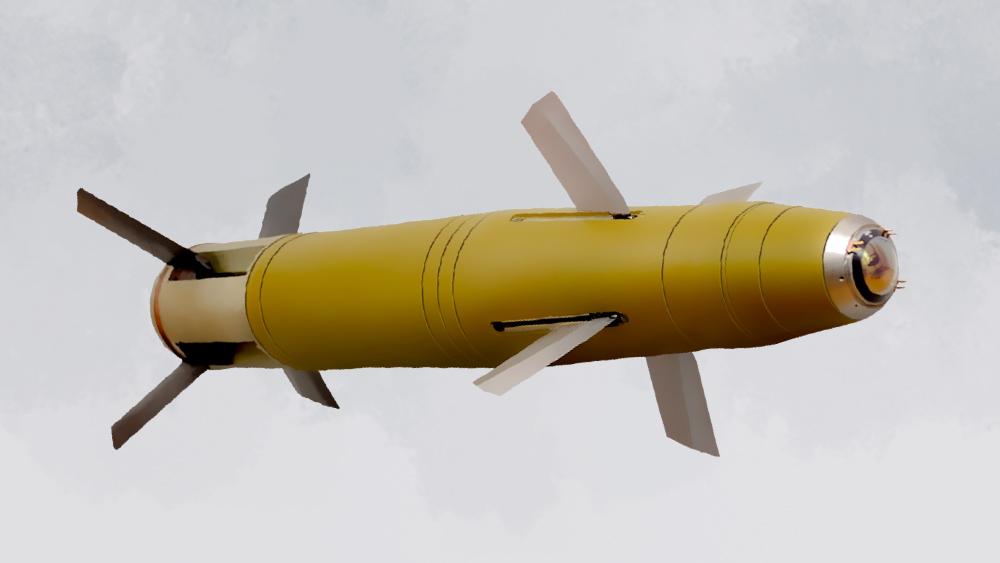Ukraine’s artillery is using the Kvitnik 152 mm semi-active laser guided ammunition to hit russian armed forces. Over the past few decades, Ukraine has made a significant leap in the development and production of missile weapons. The Soviet background, as well as skills and abilities acquired during independence contributed to the emergence of new missile weapons of various caliber and purpose. In recent years, the Barrier, Corsar, Skif ATGMs, Stugna-P portable anti-tank complex, Kombat and Konus high-precision guided missiles were created. Some of them have already been successfully used in real combat conditions in the anti-terrorist operation zone in the east of Ukraine and proved to be effective. However, this is not an exhaustive list of Ukrainian developments.
The Kvitnik is an Ukrainian laser-guided projectile, similar to the Krasnopol. Ukrainian companies were involved in development of the Krasnopol and had all the technical documentation for this guided shell. The Krasnopol is a Russian laser-guided artillery shell and was designed to engage tanks, armored vehicles, buildings, bunkers and various field fortifications, water targets, and so on. It was developed by the Instrument Design Bureau of Tula. Production commenced in 1986. Initially, the Krasnopol guided projectiles were used by the latest Soviet 152 mm artillery systems. So it was rather easy to establish indigenous production. The Kvitnik was officially adopted by the Ukrainian Armed Forces in 2012.

The Kvitnik guided artillery projectile is a high-precision high-precision fragmentation munition with a laser semi-active homing head (type 9E421). The Kvitnik laser-guided guided shell was first publicly revealed in 2001. Mass production commenced in 2013. However, in 2014 production was stopped due to Russian military actions in Ukraine. It appeared that 70% of the components were imported from Russia. In 2017 developers demonstrated a pre-production version of the Kvitnik with no Russian components. In 2018 development was complete and Kvitnik was ready for production once again. The Kvitnik is a 152 mm guided shell, while there is also a Kvitnik-E 155 mm export version, which was first publicly revealed in 2007.
The Kvitnik uses inertial guidance at the mid-course of its trajectory in order to maintain its ballistic arc. At terminal phase it uses semi-active laser homing. These projectiles require external laser designators. The target must be illuminated with the laser designator in order to achieve an accurate hit. Once the laser signal is detected the onboard guidance system will maneuver the projectile to the target. This allows frontline troops to call in fire missions on specific high-priority targets for destruction by a single shell. Baseline version has a hit probability of 70-80%. The use of such guided munitions reduces damage to friendly forces and various civilian structures.
https://twitter.com/noclador/status/1509940743485497353















